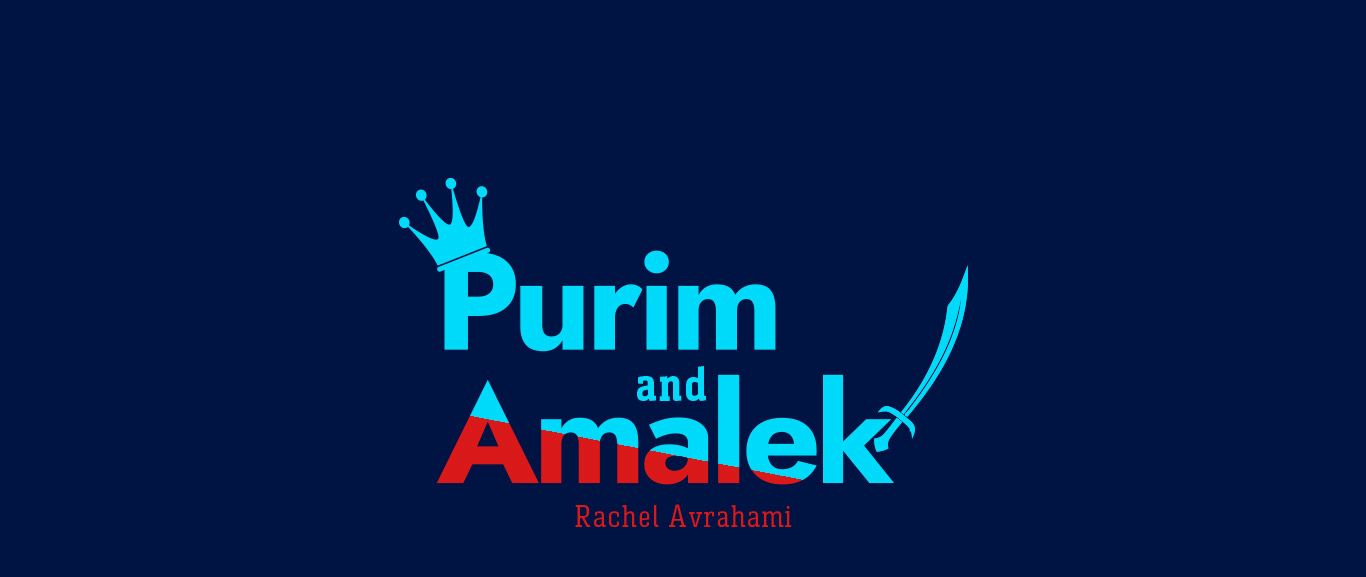
Purim and Amalek
The light of Purim shines from the beginning of the 13th of Adar through the end of Shushan Purim! This is the perfect time to start investing in truly serving Hashem with all our hearts! Take advantage of these special days when no request is refused!

I heard an amazing class from Rabbi Nachman Arush, shlita this past Shabbat (he often speaks after Kiddush when Rabbi Arush, shlita is away). I am going to do my best to explain to you a few key points from within a much larger class, along with some thoughts and ramifications of my own.
Purim is a holiday where the Jewish people are juxtaposed against Haman, who represents the nation of Amalek.
Rabbi Nachman brought a Midrash which explains that after the Exodus from Egypt, all of the nations were in such awe of Hashem, Creator of the World. He had just revealed Himself in such an awesome fashion at the splitting of the Red Sea, that they all threw away their idols and decided to serve only Hashem, the true God.
Amalek was the only nation who not only did not change its ways, but specifically hated this repentance and decided to do something to encourage the nations to go back to their evil idol worshiping ways. The Amalek nation came and said that everything was “keri” – by chance. There just happened to be a strong wind, and all these things came together totally by chance (G-d forbid), the entire splitting of the sea story was just made up, and it was all just perfectly “as if” but it wasn’t real. This “kar” cooled off the nations (.ק.ר kuf – reish is the same root as “keri”).
Besides convincing the nations that the entire story was one big “coincidence,” Amalek also traveled a great distance in a short time to fight the Jewish nation in the desert. His goal was to make the other nations not fear the Jews as much as they did. In response to this multi-faceted war against Hashem, Hashem says in the Torah that He Himself will continuously wage war against Amalek from generation to generation until the memory of Amalek is completely erased from under the Heavens – “do not forget”!
Now, fast forward to the time of Haman, who was a grandson of Amalek. Rabbi Nachman brought a source which explained that Achashverosh threw a special party because, according to his calculations, that day marked 70 years from the destruction of the first Holy Temple. He brought out the vessels from the Temple to be used as serving vessels for the party, erroneously thinking that now the Temple could never be built again. The Jews were deserving of the death penalty for two reasons. First, they joined in Achashverosh’s celebration even though Mordechai forbade it. Second, the Jews enjoyed the party that celebrated the destruction of their heritage. As Rabbi Nachman put it, “There is no greater ‘cooling off’ than that.”
What is amazing about the story of Haman, is that Hashem used him in order to do exactly the opposite of what Haman’s true intentions were! Haman wanted to destroy the Jews, but Hashem used him as a puppet in order to create a decree which ultimately resulted in getting the Jews to repent. The Jews were so very far from Hashem, and it was Haman’s actions that enabled them to come closer to Hashem than ever before. Not only did the Jews repent, but the Megillah says that they “kiblu v’keymu” – which the Gemara in Megillah explains to mean that the Jews at that time accepted the Torah again, with love and desire. So, Haman’s decree actually was the impetus for the greatest time of love between Hashem and the Jews ever! Rabbi Nachman explained that this was part of the great “v’nahapoch hu” – everything was turned over to the good. This is also part of the great spiritual light of Purim, when the spiritual force of the repentance and desire of the Jews of that time towards Hashem shines again. It’s one of the things that makes Purim such an awesome and holy day.
Now here is where I was totally blown away by Rabbi Nachman: One of the most commonly discussed aspects of Megillat Esther, is that Hashem is not mentioned in it at all! There are no open miracles. No candles that burn for 8 days instead of 1, no splitting of the sea or plagues, no wonderous Clouds of Glory. Just one “mikreh,” (happenstance – that same Hebrew root .ק.ר again!) after another, that all play out a wondrous story of Divine Providence.
Of all the holidays, it is specifically on Purim that we read the Megillah which discusses all the (hidden) miracles. It is specifically on Purim when we remember that we must wipe out Amalek, Haman, and all remembrance of them (Hitler was also Amalek, and so is modern day Iran according to the modern Kabbalists, so it’s pretty easy to want to have such hatred and genocide wiped off the planet). Purim is specifically when Hashem reveals that all the mikreh of Amalek is really absolute Divine Providence!
Rabbi Nachman brought another incredible connection between Purim and Amalek that has very real consequences for us today. He explained that the Jews of the time were serving Hashem “k’ilu” – “as if.” Meaning, they said they were Jews, and they made like they were serving Hashem, but it was all external. The proof is that they could enjoy Achashverosh’s party as explained above. If they were truly serving Hashem with their hearts, it would have been emotionally impossible to join in the feast. So, Hashem made it “as if” He was no longer watching over them, and He let Haman come to power and make the decree to kill every last one of them. But really, He was always there, putting all the pieces in the right place. He replaced Vashti with Esther, which set the stage for the Jews to come back to Him, and then He could reveal that He was really there all along…
I realized after the class, that this lesson of “as if” is still in play today. Hashem treats us middah k’neged middah. Meaning the way we treat Hashem, and oftentimes the way we treat others as well, is the way Hashem deals with us. So how very dangerous it is to serve Hashem only externally! This includes praying three times a day by rote without heart, performing the commandments without happiness, and any other external service of Hashem that isn’t bringing us to a deeper emotional connection to the reality of God. Rebbe Nachman specifically expresses the critical importance of hitbodedut, personal prayer, to enable us to put our whole hearts and souls into serving Hashem, knowing Hashem, and creating a true and lasting relationship with Him.
Rabbi Arush spoke many times about doing 6 hours of personal prayer on each day of Purim. Don’t forget, the light of Purim shines from the beginning of the 13th of Adar (even before the fast starts the next morning), all the way through the end of Shushan Purim – no matter where in the world you are! Even if you can’t manage 6 hours each day, what CAN you do? “Not every day is Purim” as Rabbi Arush says – this is the perfect time to start investing in truly serving Hashem with all our hearts! Plus, “anyone who puts out his hand, you must give him” – Hashem has to answer your prayers on Purim, even without considering merit, spiritual rectifications, or other considerations, like usual.
Hashem should enable us to make the most of these holy days of Purim, and wipe out the memory of Haman and Amalek, amen!
***
Rachel Avrahami grew up in Los Angeles, CA, USA in a far-off valley where she was one of only a handful of Jews in a public high school of thousands. She found Hashem in the urban jungle of the university. Rachel was privileged to read one of the first copies of The Garden of Emuna in English, and the rest, as they say, is history. She made Aliyah and immediately began working at Breslev Israel.
Rachel is now the Editor of Breslev Israel’s English website. She welcomes questions, comments, articles, and personal stories to her email: rachel.avrahami@breslev.co.il.


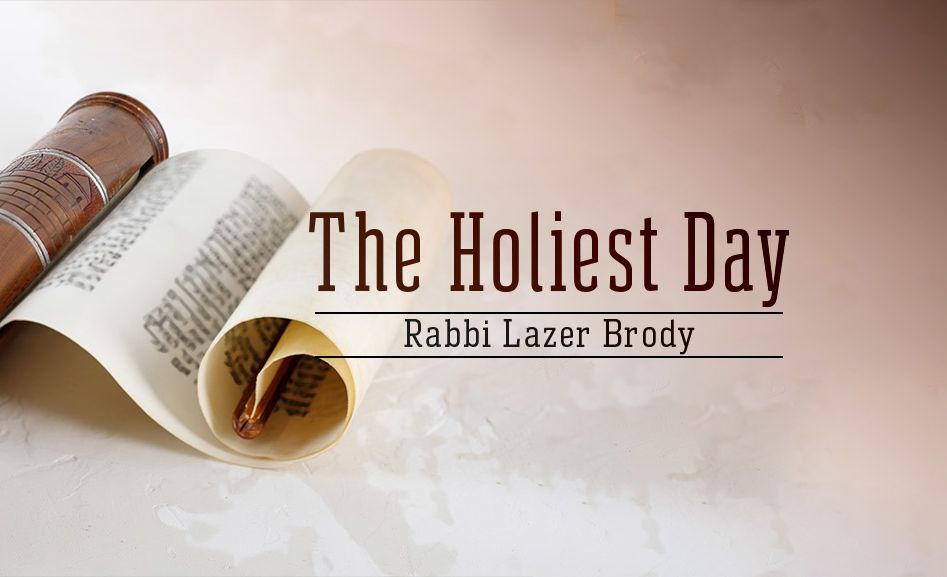
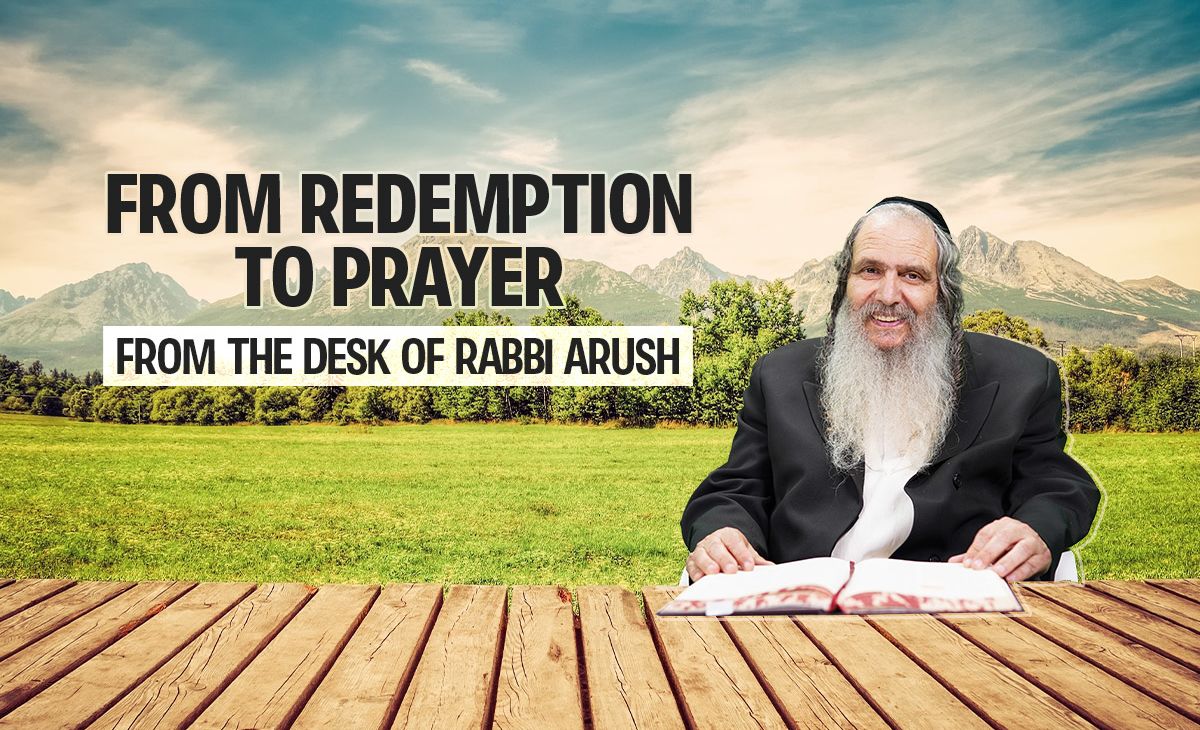

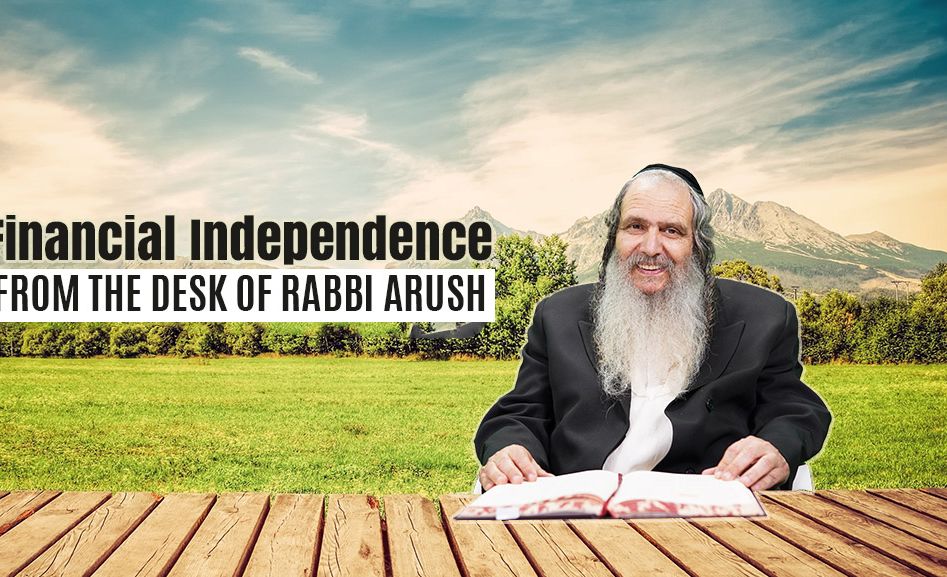


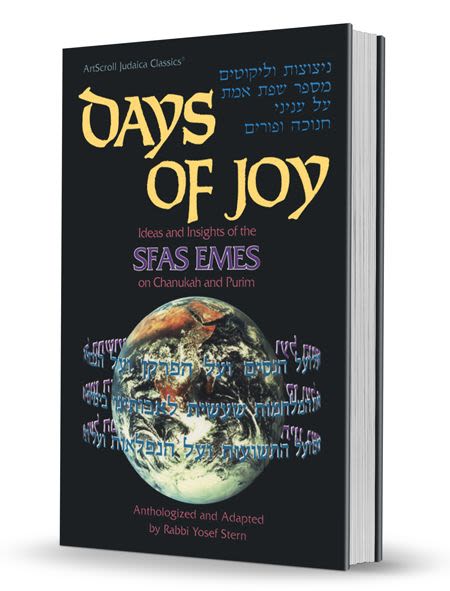
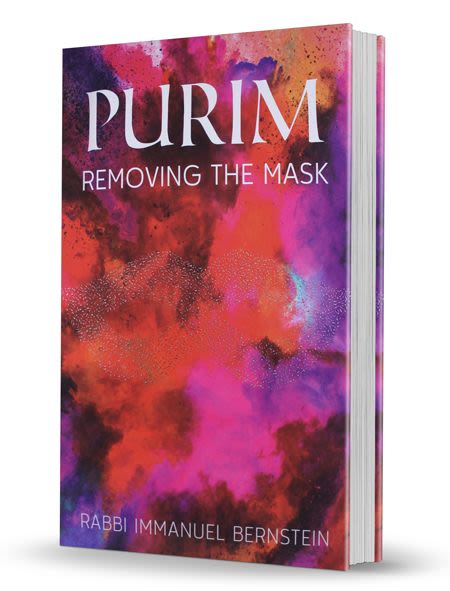

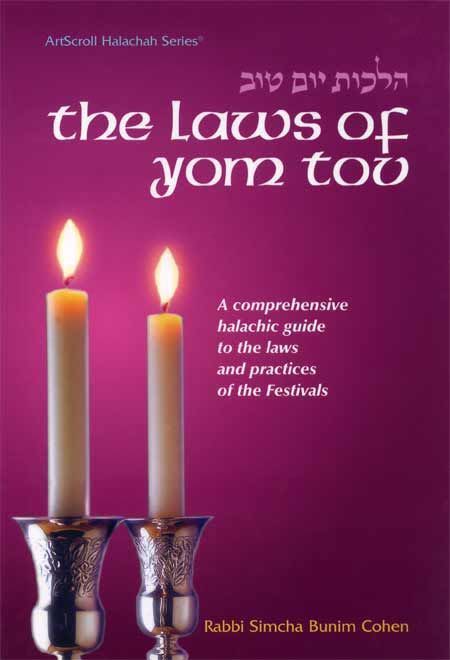
3/23/2024
Thank you for encapsulating the heart of Purim so well. It has lifted my spirit today.